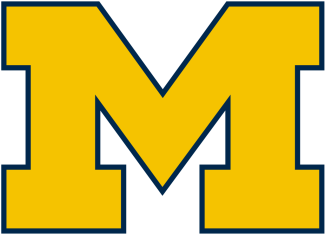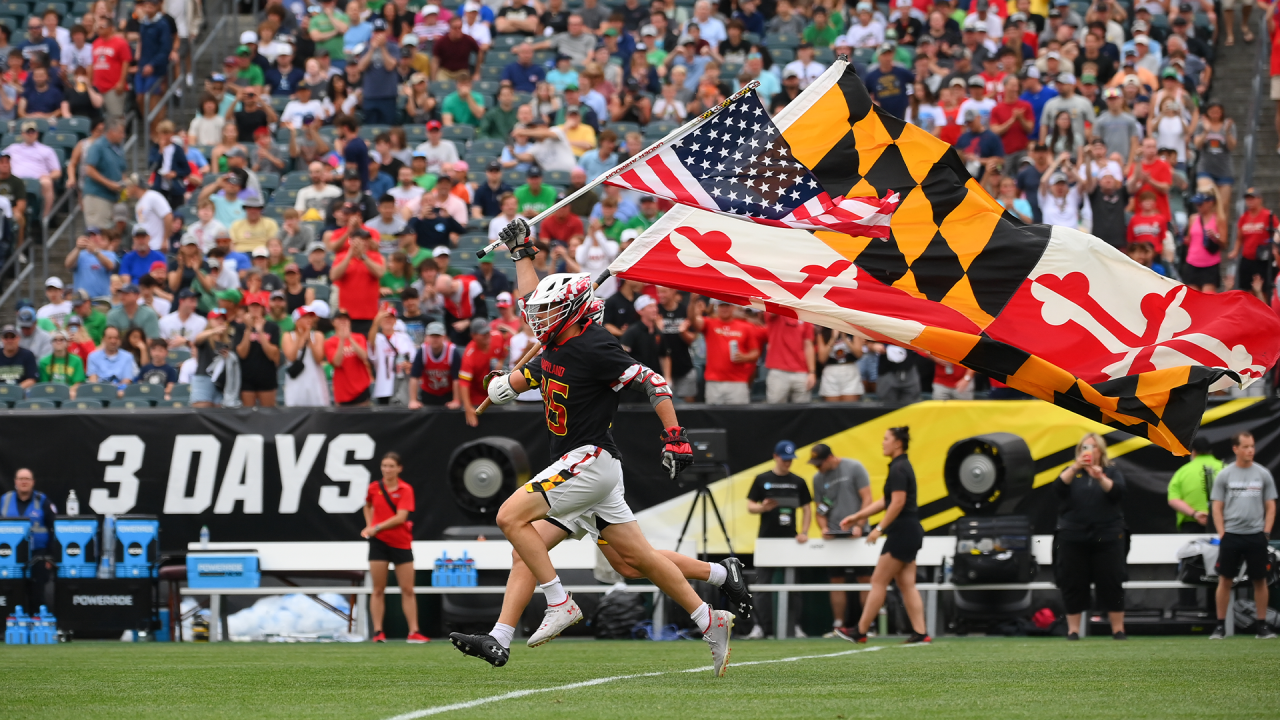PHILADELPHIA — It wasn’t even a month ago that Maryland was a loss away from its most forgettable men’s lacrosse season in a generation.
The Terrapins mustered five goals at Johns Hopkins, then got pulverized 19-9 at Penn State in the Big Ten semifinals. They had dropped five of their last nine and were in serious danger of finishing with less than 10 victories in a full season for the first time since 2002.
Some not inclined to look at the data wondered whether Maryland would even make the NCAA tournament. But even among those with a nuanced understanding of the numbers, few pegged the Terps for a long postseason stay. A first-round exit for the second year in a row was more than plausible.
So, it is no exaggeration to suggest this Maryland bunch flipped how it will be remembered more quickly and distinctly than any of John Tillman’s other nine Memorial Day Weekend teams, even if the seventh-seeded Terps fell 15-5 to top-seeded Notre Dame in Monday’s national title game at Lincoln Financial Field.
“Yeah, we were struggling at times, we were inconsistent, we didn’t play as well as we would have liked,” Tillman said. “That’s on me. Obviously, I’m the leader, I’m in charge. I have to figure out how to be better all year long. But the guys stuck with it, and we can always go back to the ‘24 team, especially when things aren’t going well, and say, ‘Those guys stuck together, they figured it out.’”
Maryland (11-6) did get to 10 victories by hammering Princeton in the first round and then surging past second-seeded Duke in the quarterfinals. Then the Terps pushed things to the final day of the season, authoring a defensive masterpiece while doubling up Virginia 12-6 in the semifinals, holding the Cavaliers to their lowest output since 2016 in the process.
There were two full-fledged stars all season, and both did their part in Maryland’s May turnaround. Ajax Zappitello, the USILA’s national player of the year, drew assignments against Princeton’s Coulter Mackesy, Duke’s Josh Zawada and Virginia’s Connor Shellenberger in the first three rounds, holding them to a combined two goals and four assists on 15 shots.
Meanwhile, faceoff specialist Luke Wierman won 71.3 percent of his faceoffs in the postseason, ensuring Maryland dictated tempo for most of the first three rounds.
Then there were steady offensive contributors who flourished late in the year. Daniel Kelly, moved from midfield to attack after Braden Erksa’s Big Ten tournament injury, scored seven of his 18 goals in the NCAA tournament. Ryan Siracusa, the only Terp with a point in every game this season, delivered six postseason goals and his first career hat trick against Duke.
Yet in aggregate, the offense was more effective than it had been much of the season. It was definitely a group effort; the only Terps to reach 10 points in the tournament were reliable midfielders Jack Koras (seven goals, four assists) and Siracusa (six goals, four assists).
“I can’t speak highly enough about the group we have in that locker room,” Kelly said. “We’ve been through a lot, a lot of ups and downs, but we stuck together and we never lost hope. And this is a group that believes in one another.”
That faith helped get them to the final day of the season, but there was little stopping Notre Dame this month and especially on Monday. The Terps scored just three goals in the final 56:35, struggling to get leverage against the technically proficient Irish defense.
And like so many other Notre Dame opponents, Maryland struggled in the pick game and defending the off-ball movement of players like Devon McLane and Jake Taylor.
Goalie Logan McNaney yielded 10 goals without a save in the first half, though he rebounded to collect 10 stops after the break. The game was also decided by then, with Notre Dame on its way to winning the most lopsided NCAA title game since 1998.



























































